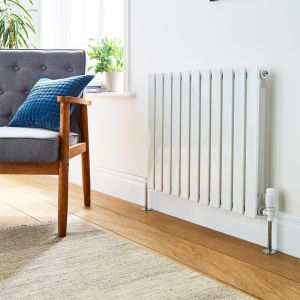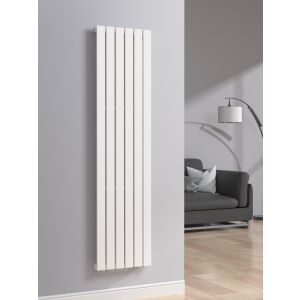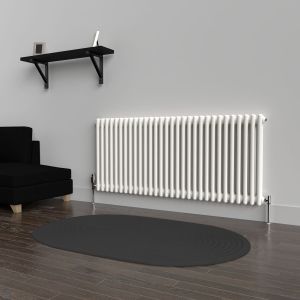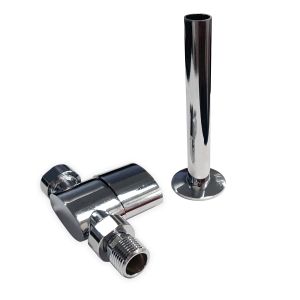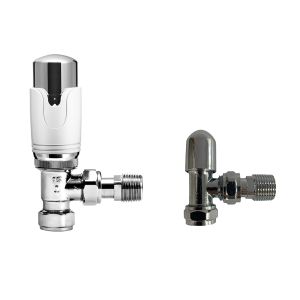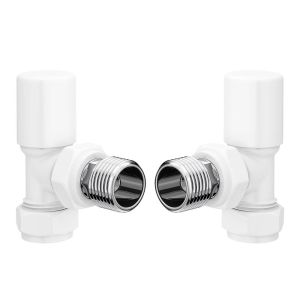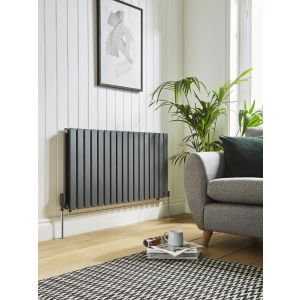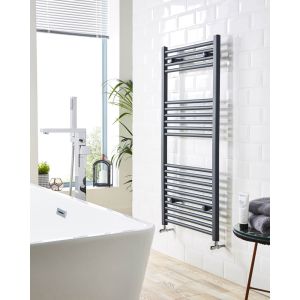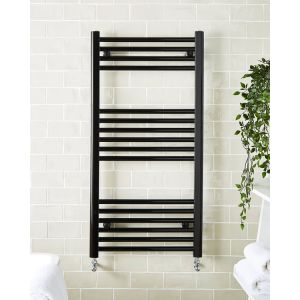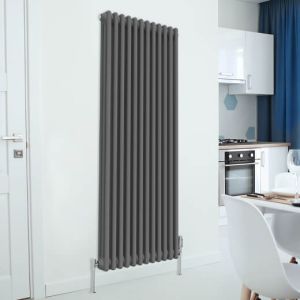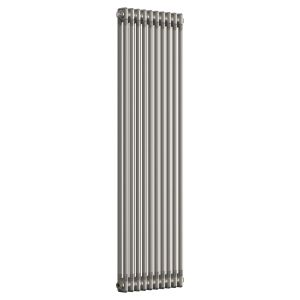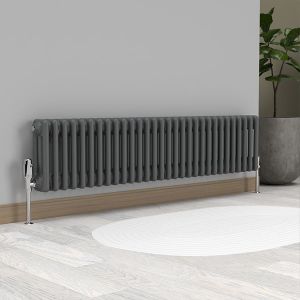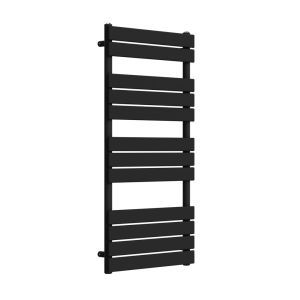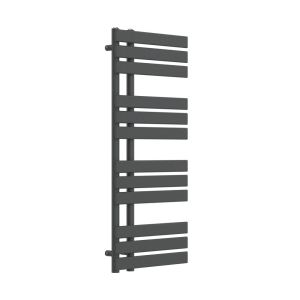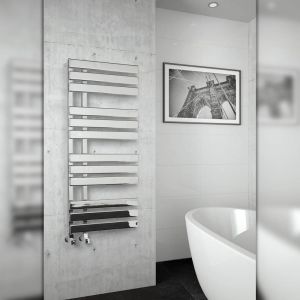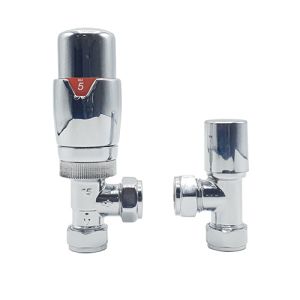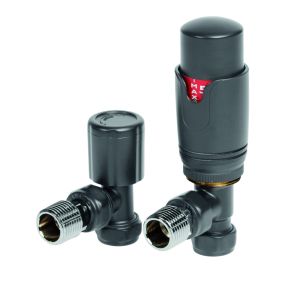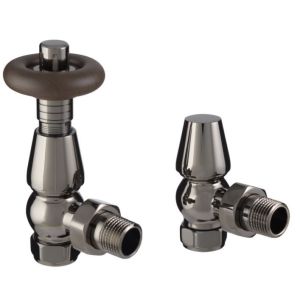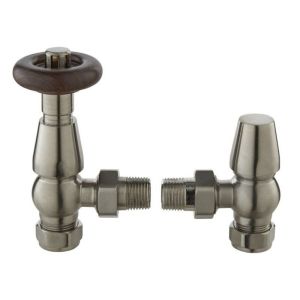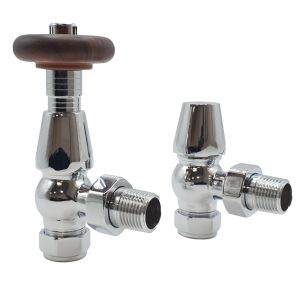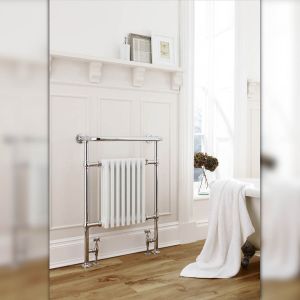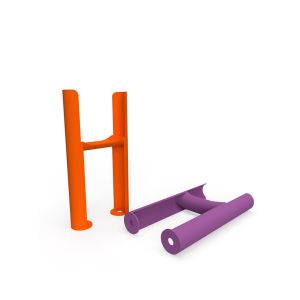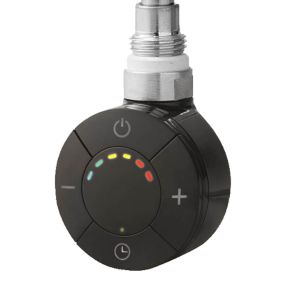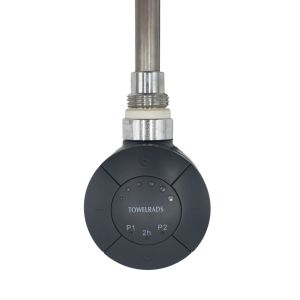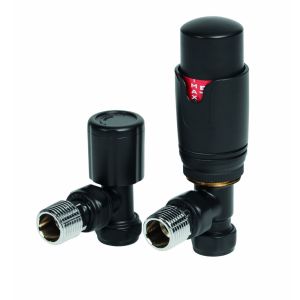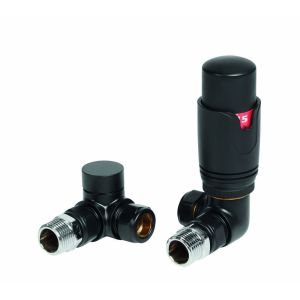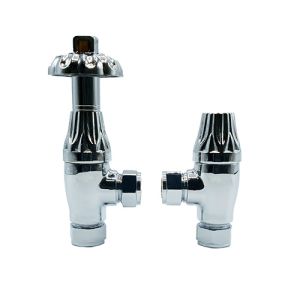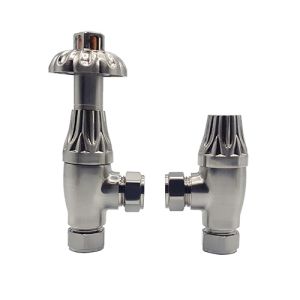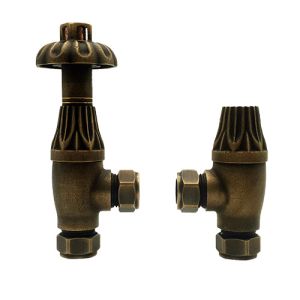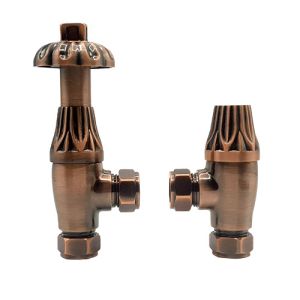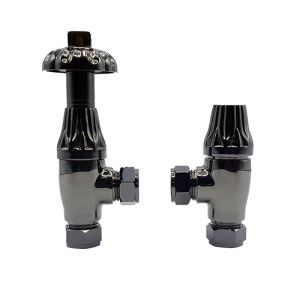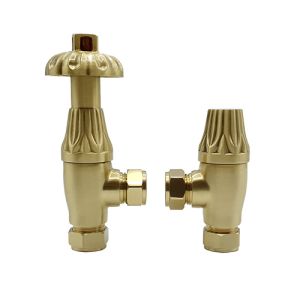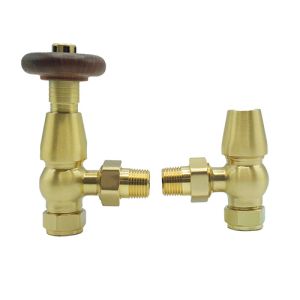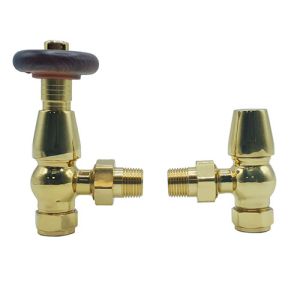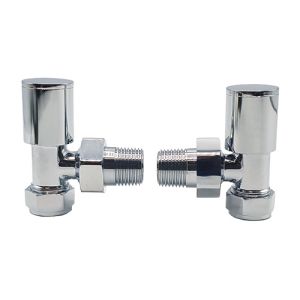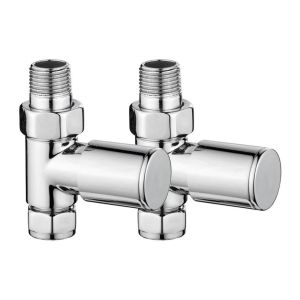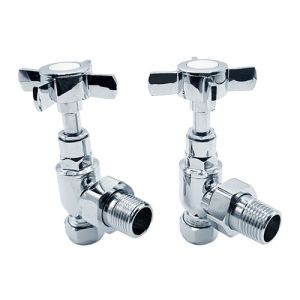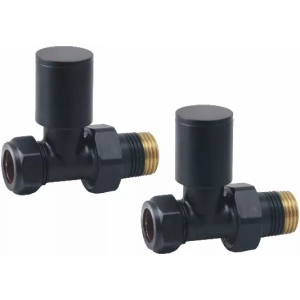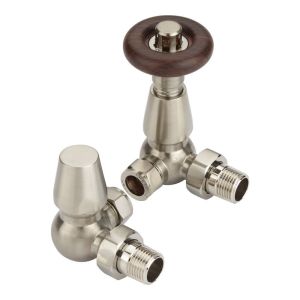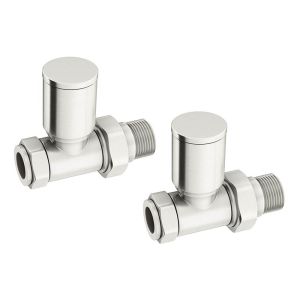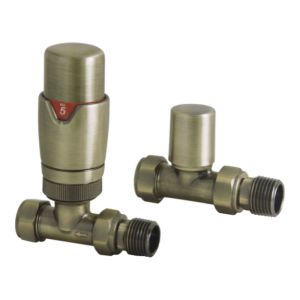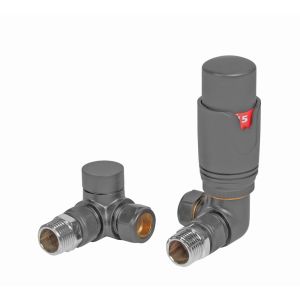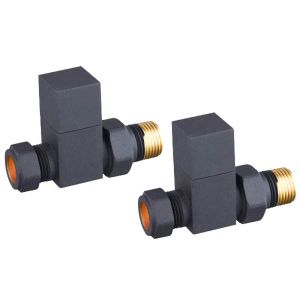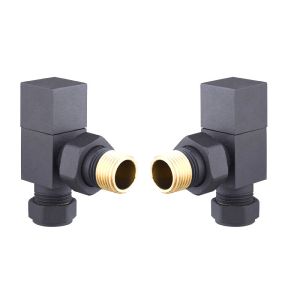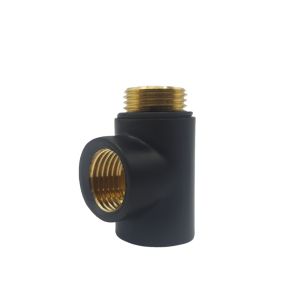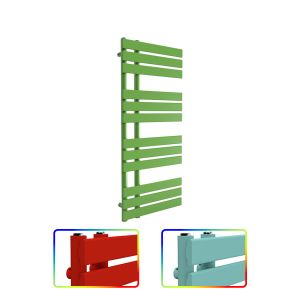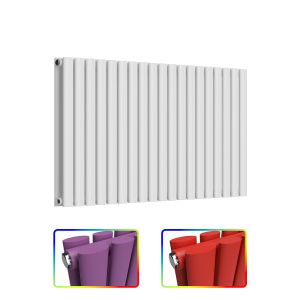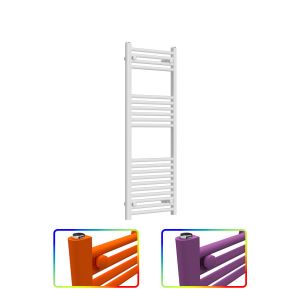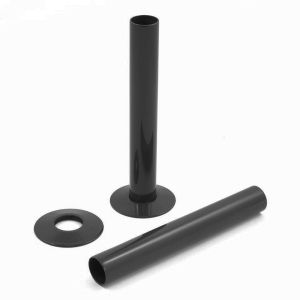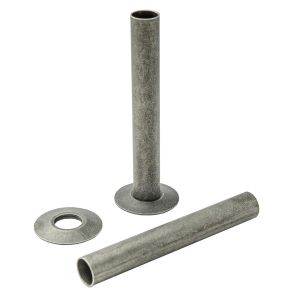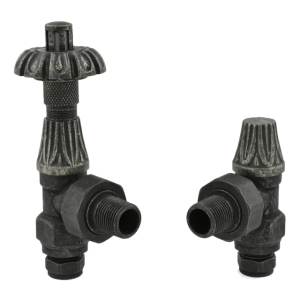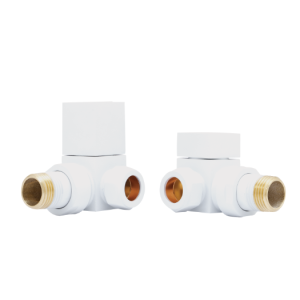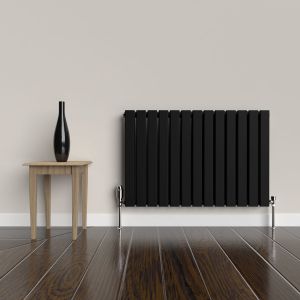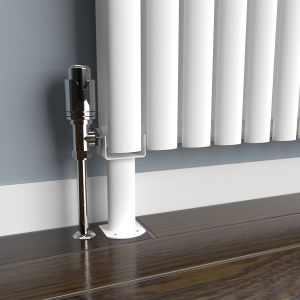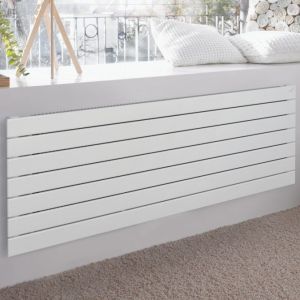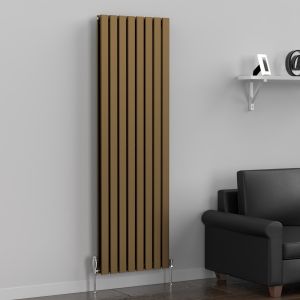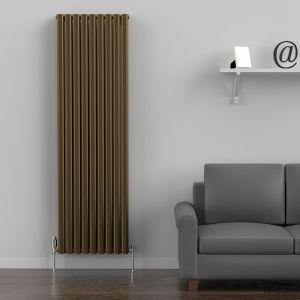Stainless steel is one of the best materials a radiator can be made from. It is durable and long-lasting, with a timeless design that won't degrade as quickly as other materials. If you use stainless steel in your bathroom or in other humid or wet environments, you just need to take a bit of extra care in radiator cleaning and know exactly how to look after a stainless steel radiator.
Common mistakes to avoid when cleaning stainless steel
Stainless steel appliances and items need to be taken care of and cleaned regularly to maintain their original quality and shine especially if you want to keep them from rusting. Chromium in stainless steel reacts with oxygen in the air to form a thin layer called chromium oxide. It is nature's defence against further erosion and tarnishing, and even though stainless steel is created in a special way to resist rust, there is no escaping it.
Avoid These Common Mistakes When It Comes to Stainless Steel Radiators
- Using Abrasive Cleaners - Avoid using cleaning liquids and powders that contain abrasive ingredients such as silica, feldspar, bleach, strong chlorides and calcite.
- Going Against the Grain - If you look carefully at your stainless steel radiator, you will notice that the fine grooves in the material flow in one direction. Scrub or polish along this direction instead of against it to properly clean inside each groove and to avoid scratching the surface.
- Leaving Dirt For Long Periods Of Time - Even leaving water splashes on a stainless steel radiator can damage it. Wipe any grime, spills and dirt away as soon as you see them to avoid streaking and staining later.
- Scrubbing With Metal Brushes - Metal on metal can lead to scratches, so avoid cleaning your stainless steel radiator with an abrasive sponge. Steel wool could damage the outer layers, making them more prone to rust
Radiator Cleaning - The Right Way
Most people recommend white vinegar to be the best solution for preventing and cleaning these radiators. The acidic nature of vinegar bites dissolves the rust, making it easy for you to wipe the rust away. Other methods of stainless steel radiator cleaning include:
- Baking soda and lemon
Make a paste out of baking soda, lemon and some salt and spread it onto the rust-infested area. Scrub it off after leaving it to rest for a few hours. - Slices of potato
Cover the area with slices of potato, dish soap and salt and leave it to rest. Wipe and then reapply several times until all the rust has been removed. - Citric, phosphoric, acetic or oxalic acid
For tougher stains and heavy layers of rust, you might need to turn to chemicals for cleaning. Ensure that you wear protective gloves, goggles and masks before working with any chemicals and use them in diluted proportions on your radiator. Once the rust has been removed, wash and wipe the area thoroughly. Before using acidic chemical cleaners check with your radiator manufacturer or provider to ensure that they recommend this option.
Whichever method you want to try, always make a small solution and experiment in a small corner of your stainless steel radiator first. This will show you how the solution is reacting to the material and whether it is effective or damaging. You'd rather experiment on a small area first rather than regret damaging your whole radiator later.
Unable to Remove The Rust?
In worst-case scenarios, these methods might not work for you. It could be that the layer of rust is too thick, the stainless steel radiator is already damaged or you have not been taking care of the item well. Check with a professional for the best course of action. Some may be able to replace the outer layer of your radiator, and some may recommend a coat of oil or paint for a quick fix.
Sometimes it can be quicker and easier to replace your stainless steel radiator with a new one. Thankfully at DRD, we have a wide range of affordable stainless steel radiators and stainless steel towel radiators to choose from.
The Perfect Stainless Steel Radiators For Your Space
Each and every radiator is different and will need to be taken care of individually. The climate you live in, frequency and type of use and size of the radiator will all play a role in determining whether or not the product will rust, and when.
If you're looking for a new radiator and would like something other than stainless steel then take a look at our full range of radiators. We have various materials including aluminium radiators, cast iron radiators and chrome radiators. If you're after a new towel radiator then have a look at our full range.
Want a new radiator at a bargain price? We have a selection of designer radiators and heated towel rails with discount prices on our sale page.
If you are looking to replace your stainless steel radiator, or need to buy a new one, we have a great selection available for you. From modern to classic, choose from a variety of radiator designs that best suit your home's aesthetics. Get in touch with our helpful team with any questions you may have or give us a call at 01257 442911. Their experience and knowledge will help you make the right decision for your home.












